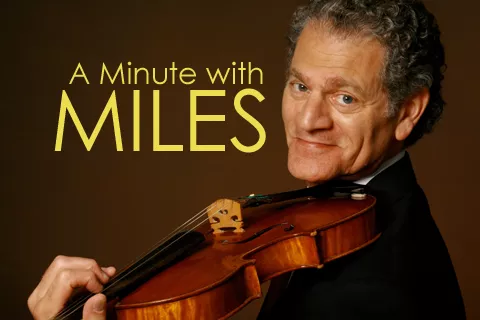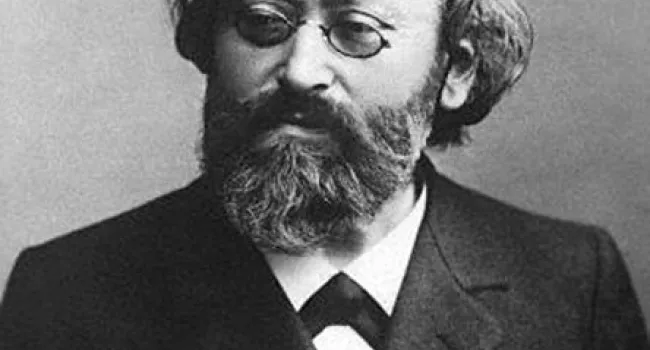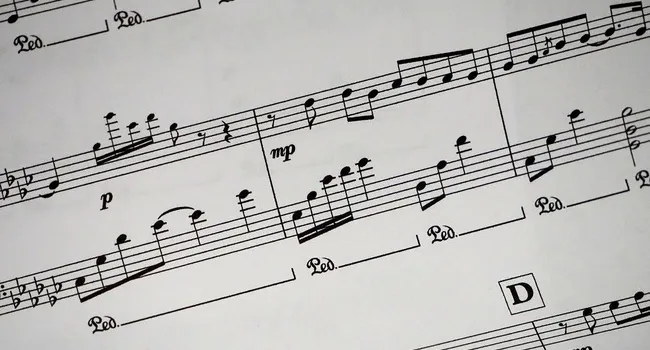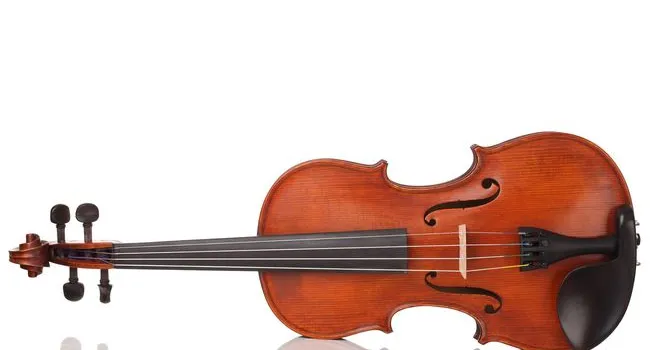
Seymour Barab | A Minute with Miles
Audio
The American composer Seymour Barab started out as a pianist and organist, but as a teenager he took up the cello, and as a cellist he became a highly successful orchestra musician, founder of...






